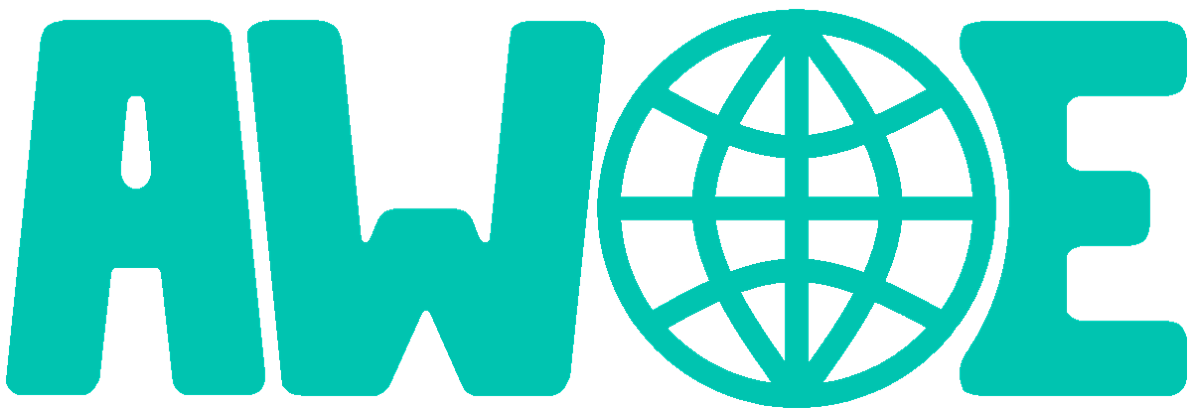eKerosene
Published on 19 February 2023
eKerosene is a renewable fuel produced from renewable hydrogen as an emulation of crude-based kerosene or jet fuel.
eKerosene is a mixture of C9 to C16 hydrocarbons generally produced through a Fischer-Tropsch process from a renewable feedstock converted into syngas.
How to produce eKerosene?
The production of synthetic kerosene is possible from any feedstock that can be converted into syngas, be it renewable or not. Yet, only the kerosene produced from renewable hydrogen qualifies as eKerosene.
Synthetic kerosene is obtained from syngas (a mixture of hydrogen and carbon monoxide) through a Fischer-Tropsch process. Carbon dioxide (CO2) is not a typical feedstock for the catalysed Fischer-Tropsch process, so that eKerosene from renewable hydrogen and captured CO2 requires an additional reverse water-gas shift reaction to convert CO2 into CO.
The Fischer-Tropsch process is a multiple-step additive process building large hydrocarbon molecules by adding H2 and CO. The products are mainly linear alkanes of size C10 to C20, typical of Diesel and kerosene. Such molecules can later be converted into other molecule structures with similar carbon count through conventional refinery processes.
